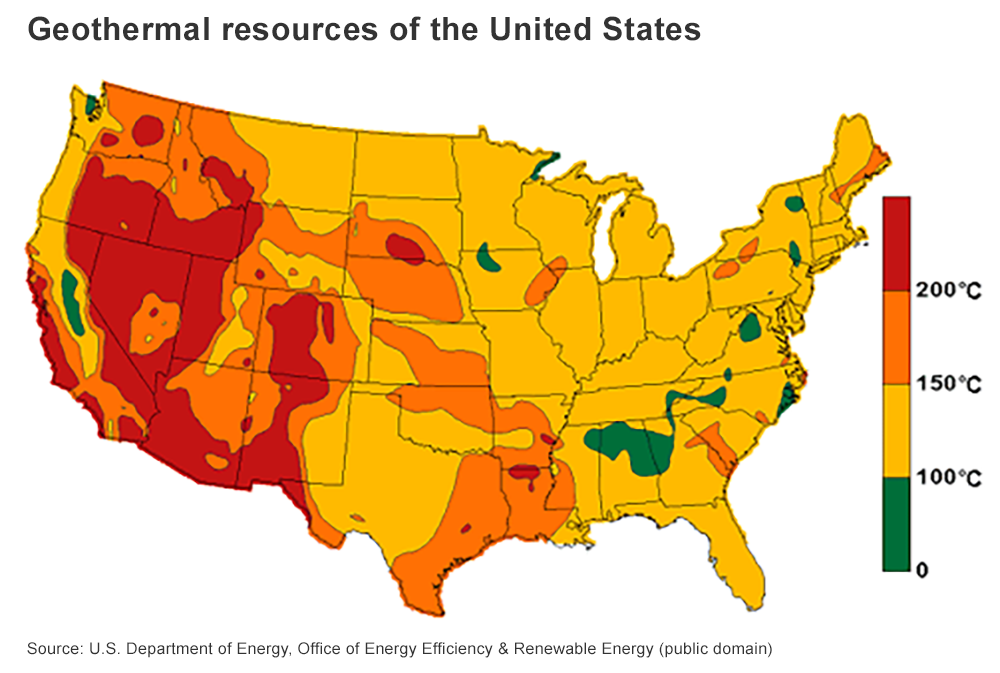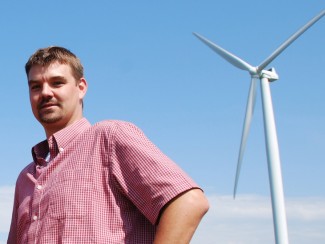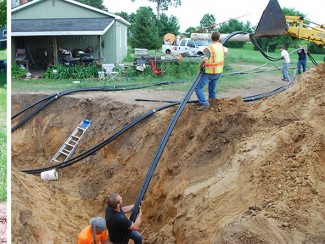Geothermal heat exchange is a cost-effective source of heat and cooling for office buildings, institutions and whole communities that also reduce emissions of carbon dioxide and other heat-trapping pollutants responsible for climate change.
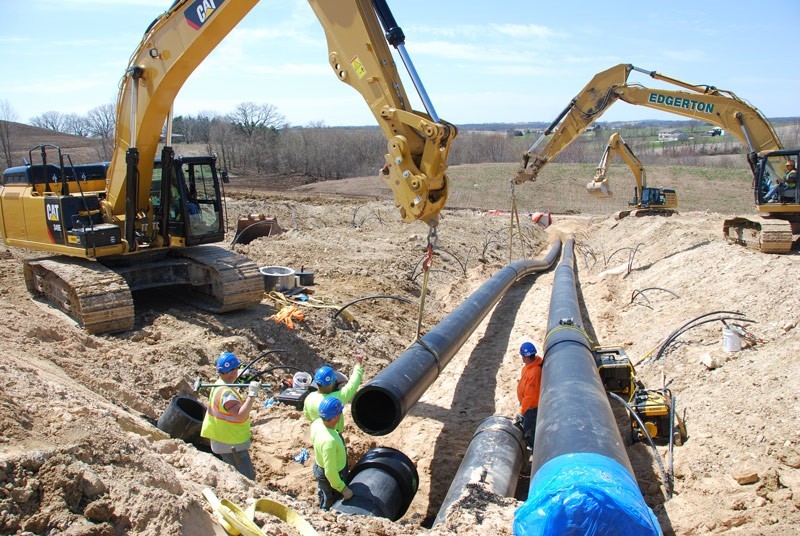
Six wind turbines perched on a ridge overlooking Lake Mendota and a 2-megawatt solar array are visible signs of healthcare records company Epic’s focus on sustainability.
But the unsung hero is buried deep underground, where a network of pipes tap into the earth’s thermal energy to cool and heat dozens of buildings on the company’s fanciful main campus in Verona, Wis.
UW–Madison engineering professor James Tinjum, who studies geothermal energy and has been monitoring Epic’s geothermal system for nearly a decade, says the technology is a cost-effective source of heat and cooling for office buildings, institutions and whole communities that can also reduce emissions of carbon dioxide and other heat-trapping pollutants responsible for climate change.

Unlike other forms of geothermal energy, which seek to capture high heat miles below the surface, geothermal heat exchange systems take advantage of the relatively constant subsurface temperature, which generally hovers between 52 and 58 degrees Fahrenheit here in Wisconsin.
By circulating water through a closed network of underground pipes, these systems transfer excess heat into the ground to cool buildings and can pull that heat out when it’s needed.
“The biggest battery on Earth … is the Earth,” Tinjum said. “We're just storing thermal energy instead of chemical energy.”
Electricity is still required to pump water through the system and to run the chillers and heat exchangers that condition the air and water that flow through the building. But geothermal heat pumps are about twice as efficient as standard air conditioners and about five times more efficient than a high-efficiency furnace with no direct emissions of heat-trapping gasses that contribute to climate change.
In fact, they are the most energy-efficient, environmentally clean, and cost-effective systems for heating and cooling buildings, according to the Environmental Protection Agency.
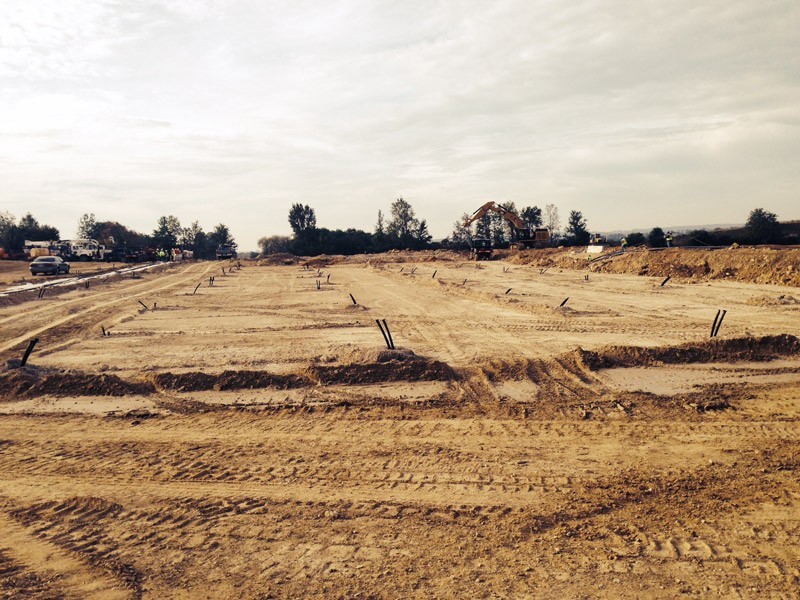
With 6,100 bore holes that are typically 500 feet deep and spread across four geothermal fields, Epic’s system is one of the largest such low-temperature geothermal systems in the world, according to Tinjum’s research.
Combined with additional loops in a stormwater management pond and quarry lake, the system provides enough thermal energy to heat and cool about 9 million square feet of building space. Converted to electricity, that would be enough energy to power more than 2,600 typical Wisconsin homes.
Epic uses the system primarily for cooling, withdrawing only about half as much heat as the system absorbs. Excess heat is used for heating, snow melt, and hot water.
Because of the heat generated by human bodies, computers, lights, and other activity, commercial buildings require little heat, even in cold climates like Wisconsin, and sometimes need cooling on winter days. Over time, that energy imbalance can cause the ground temperature to rise, which could lower the system efficiency and potentially impact the ecosystem.
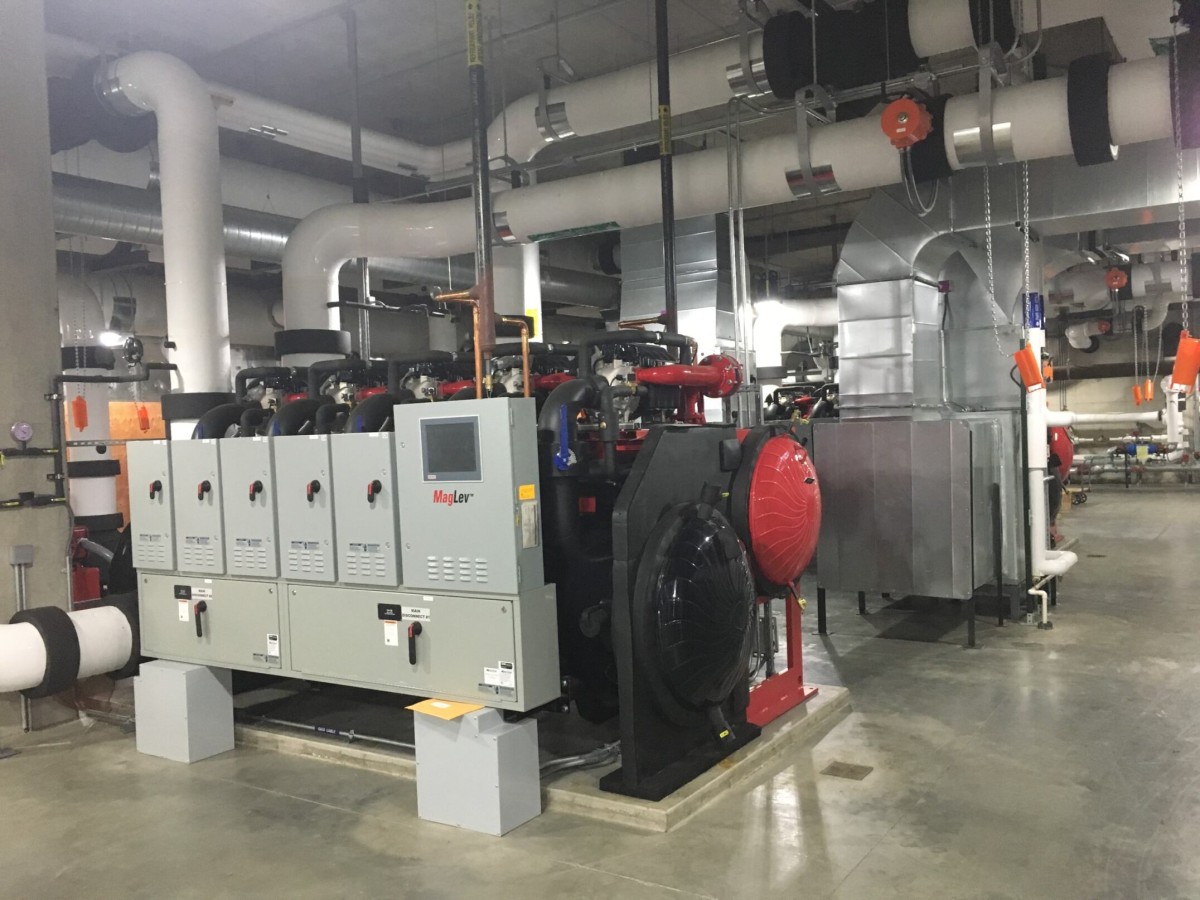
In 2014, when Epic installed the fourth field, the company partnered with Tinjum to install nearly 8 miles of fiber optic cable in 13 monitoring wells that allow him to monitor the system’s performance.
A machine known as an interrogator sends a laser pulse through the fiber optic cables and analyzes the light reflected back by minor imperfections. The wave patterns of this backscattered light can be correlated to the temperature at points along the cable.
Over the past decade, Tinjum has tracked the temperature at 1-meter intervals to measure how the field absorbs heat over time. He’s now working to understand how much is disbursed and where it goes.
Tinjum calculated the cradle-to-grave energy use associated with the geothermal system – including things like the diesel fuel needed to drill the wells – and found that it was “paid back” through energy savings in just over a year.
Now Tinjum is using machine learning to optimize the system performance, training a computer to make predictions based on eight years of operating data, which he says is probably the most robust dataset of its kind in North America.
“Instead of just operating these systems based on experience … we are putting machine learning into it to say, hey, what will happen in two years if we do this?” Tinjum said. “Well, what if we do this, what will happen?”
Tinjum said that type of modeling will help guide decision making about when and where to invest in systems that can cost tens of millions of dollars and typically take seven to 10 years to pay for themselves through energy savings.
“That’s one of the major things holding geothermal back,” Tinjum said. “It's a big, upfront capital investment.”
A typical Wisconsin home would need three to four 200-foot-deep wells, which Tinjum said can be drilled under a driveway or a yard – just not under buildings or trees – at a cost of around $20,000.
Under the Inflation Reduction Act, such systems are eligible for a 30% tax break, which could spur more adoptions, although Tinjum said there aren’t enough drillers to keep up with current demand.
But Tinjum says the most logical application for geothermal heat exchanges is in district heating and cooling systems like Epic’s – serving campuses, industrial parks, and neighborhoods. For example, a city could require or incentivize developers to put well fields into new subdivisions, allowing homeowners to tap into the energy-savings.
"We're taking geothermal exchange to an epic scale," Tinjum said, "from single residences just decades ago to district- and community-scale systems that provide efficient, reliable, and smart systems for our 21st century, decarbonized economy."

